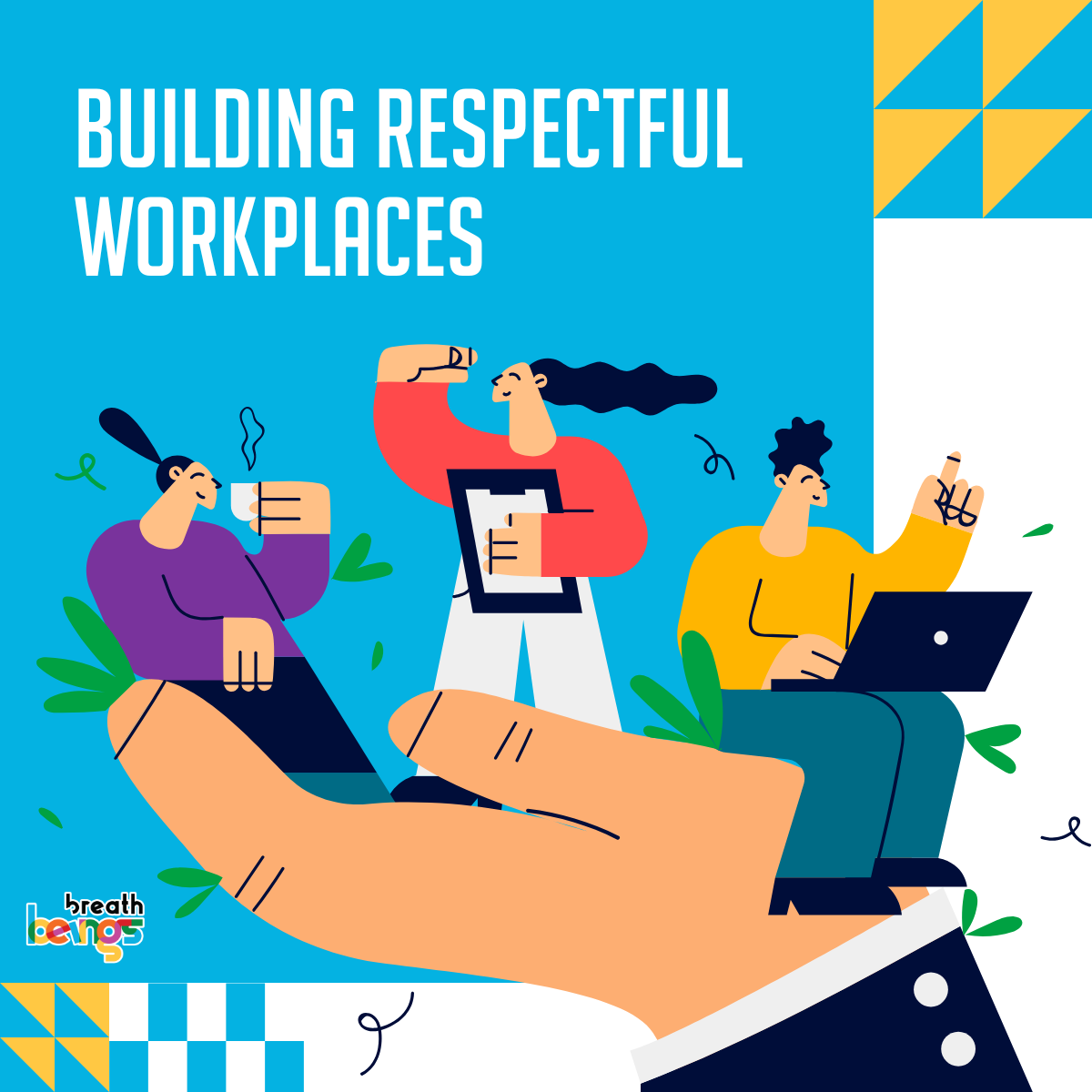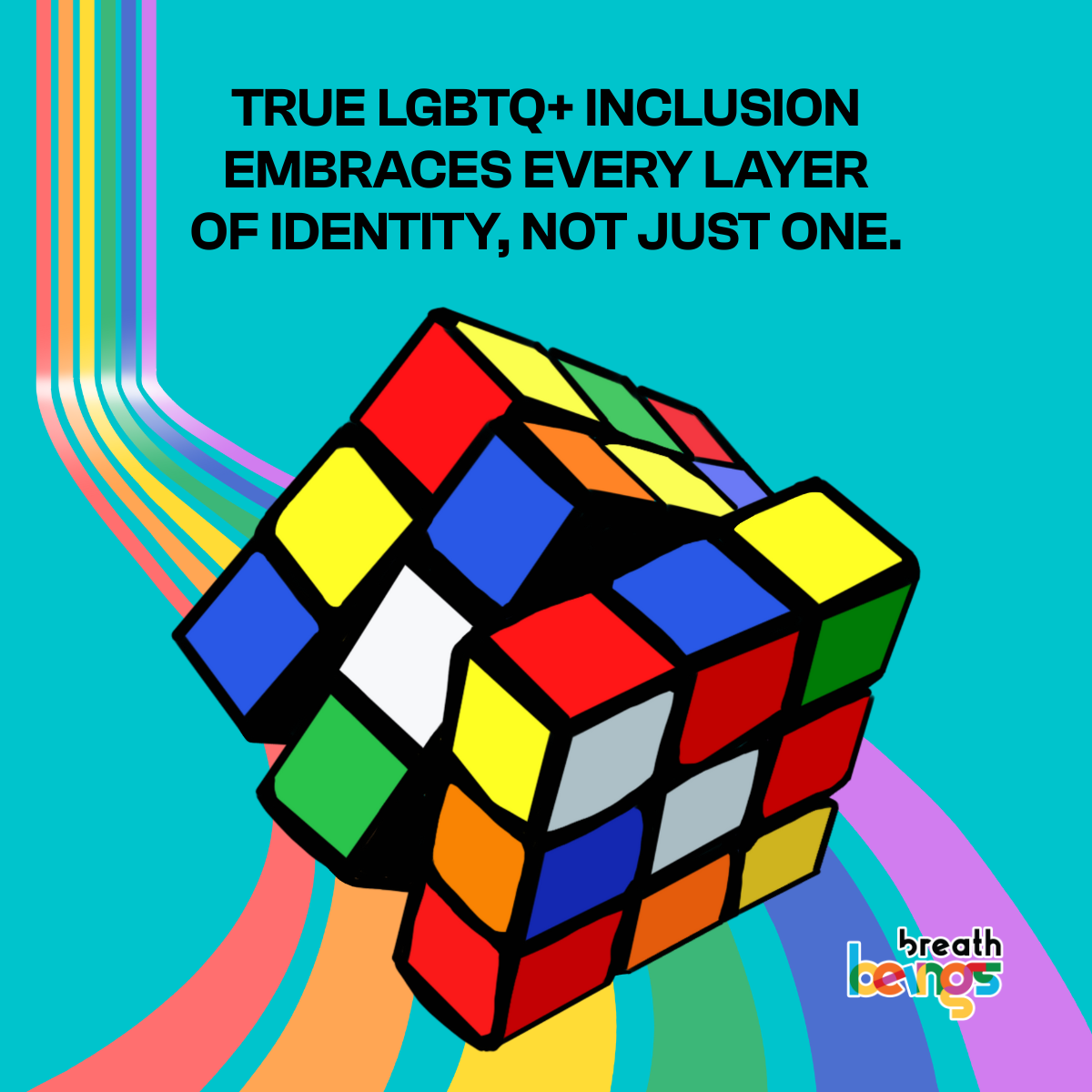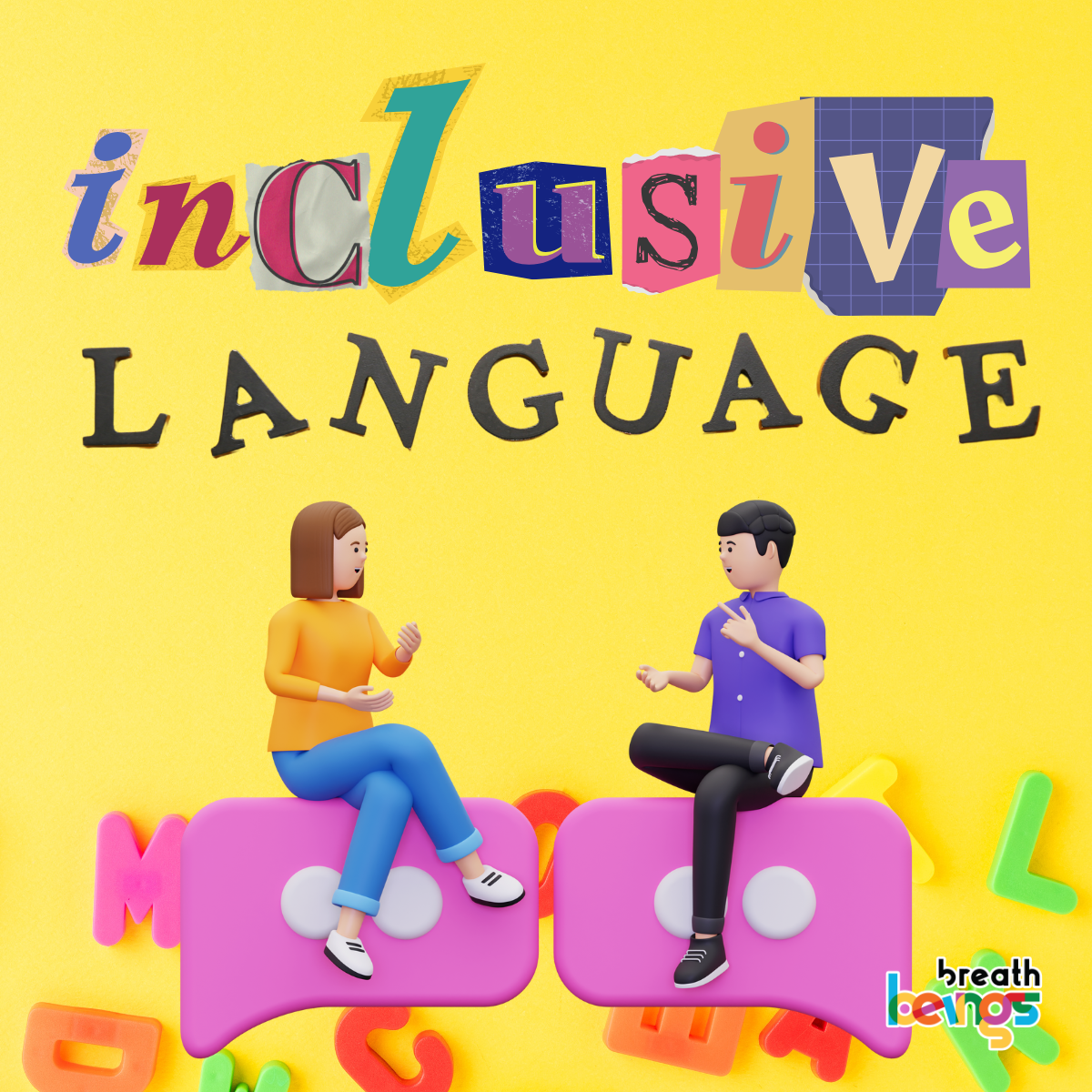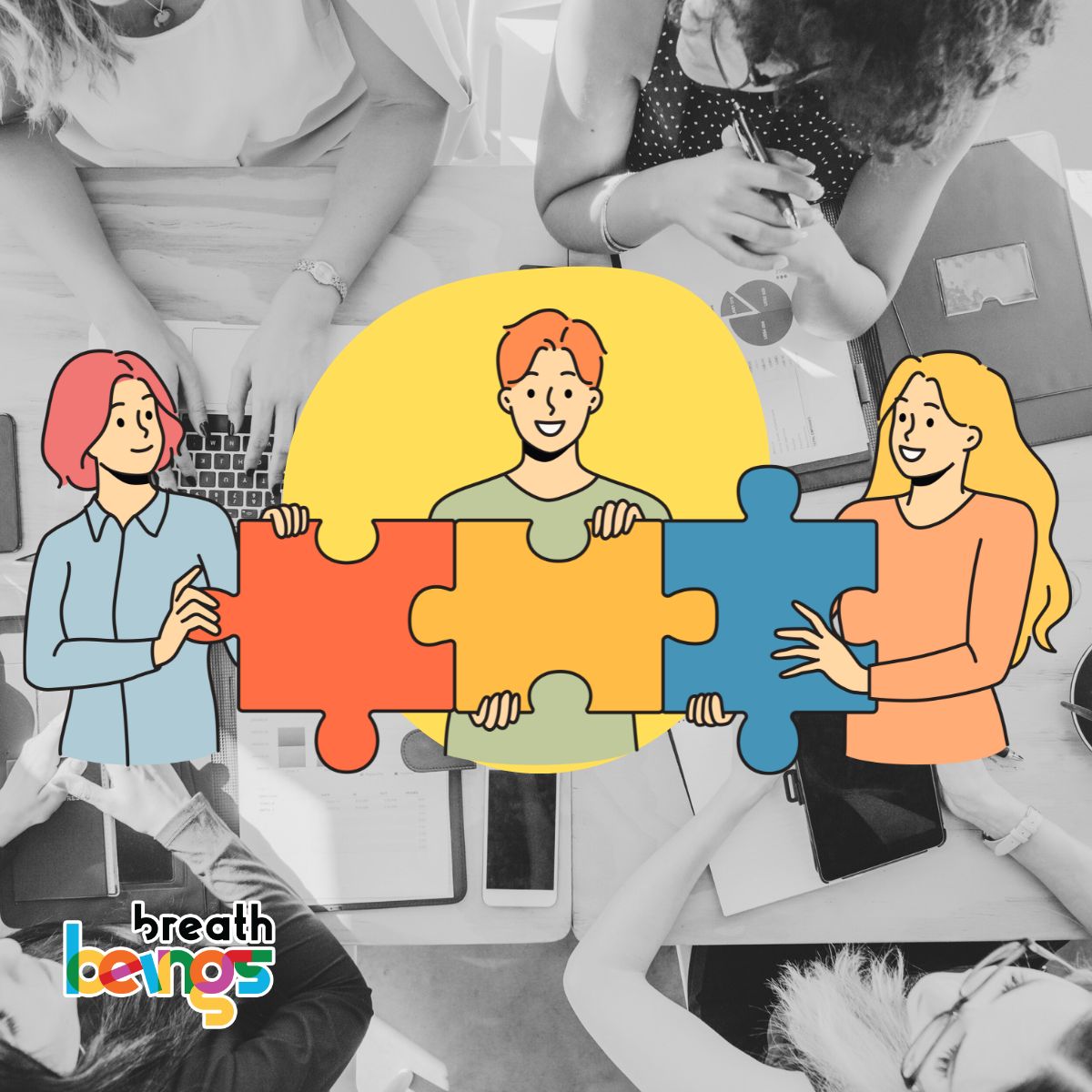In the World Economic Forum's 2023 Global Gender Gap Index, India comes in 127th out of 146 countries.
A 2023 analysis of annual reports from Mint showed that only about 1 in 4 employees in India’s top 100 listed companies is a woman. And as per Business Responsibility and Sustainability reports filed in 2023, only a meagre 0.6% of employees were Persons with Disabilities (PwDs).
This despite numerous studies showing the power of diversity and inclusion in the workplace. Companies with a diverse workforce earn 2.5 times cash per employee and inclusive teams are 35% more productive.
These numbers prove that success often hinges on an organization’s ability to tap into a wealth of diverse perspectives and talents.
How diversity and inclusion play a part in organizational success
Organizations are increasingly recognizing the power of diversity and inclusion training as a driving force behind success.
A diverse workforce, where individuals from various backgrounds, cultures, and perspectives come together, fosters an environment of creativity, innovation, and problem-solving prowess. Inclusion, on the other hand, ensures that every voice is heard and given equal opportunities to contribute and thrive.
Having a strong diverse and inclusive culture has various benefits.
Increase productivity
A report from McKinsey shows diversity being a key enabler of financial growth. Not just that, diversity can also facilitate problem-solving and deliver solutions at a lower cost. Diversity brings in multiple perspectives formed from different backgrounds, which can enrich group thinking and lead to better decisions.
Better customer understanding
If your organization has a diversity that mirrors your customer base, then you’re well-equipped to deeply personalize your solutions to your customers. Diversity helps understand your customers’ needs and cultural nuances, which leads to better relationships.
Attract top talent
Companies with an inclusive culture are more attractive to top talent from diverse backgrounds. People want to work in environments where they get a sense of belonging. And a diverse workplace can retain top performers.
Foster a global outlook
Having a diverse and inclusive workforce provides organizations with a global perspective. This in turn helps you navigate different markets and cultures more effectively, giving a competitive edge.
Compliance and risk mitigation
Many countries have laws and regulations in place to prevent discrimination and promote workplace diversity. Fostering an inclusive culture helps organizations comply with these regulations, mitigating legal risks.

How to create an inclusive and diverse workplace
Creating an inclusive and diverse workplace isn’t complex but does require thought. Fostering a diverse and inclusive workplace is an ongoing journey that requires commitment, intentional efforts, and a strategic approach. Let’s take a look at a few steps you can put in place.
Strong commitment from leadership
Diversity and inclusion initiatives must be driven from the top, with leaders actively championing these values. By setting clear expectations and leading by example, leaders can create a culture of accountability and inspire others around them to emulate certain behaviors and actions.
Implement diversity equity and inclusion training for managers, which will encourage leaders to become aware of diverse skills, experiences, and perspectives to create a welcoming ambience.
Devise comprehensive policies and practices
Robust D&I policies ensure fair and equitable practices in recruitment, promotion, and professional development opportunities. These policies should address issues such as equal pay, flexible work arrangements, and accommodations for diverse needs.
It also includes putting a formal non-discrimination policy in place which promises to treat everyone respectfully and equally.
Create Employee Resource Groups (ERGs)
Encourage the formation of Employee Resource Groups (ERGs) that provide support, mentorship, and a sense of community for individuals from underrepresented backgrounds. These groups can also serve as valuable advisors, offering insights and recommendations to improve D&I efforts.
ERGs help organizations enhance employee engagement and also provides access to a wide network of diverse talent, vendors, and suppliers.
Offer diversity and inclusion training programs
Diversity and inclusion training programs should ideally address unconscious bias to raise awareness and address prejudices that may hinder inclusion and fair treatment within the organization.
An effective training program enables employees to not just learn about different cultures but also to be more accepting and adaptive. It would also teach them to respectfully engage and work with colleagues from diverse backgrounds.
Don't forget vendors and suppliers
Extend diversity and inclusion efforts beyond the organization by promoting supplier diversity and partnering with businesses owned by underrepresented groups. This not only supports economic inclusion but also fosters a diverse ecosystem of suppliers and vendors.
The journey towards diversity and inclusion may present challenges, but the rewards of a vibrant, inclusive culture are well worth the effort. When organizations recognize and celebrate the power of diversity, your employees thrive. And so do you.













